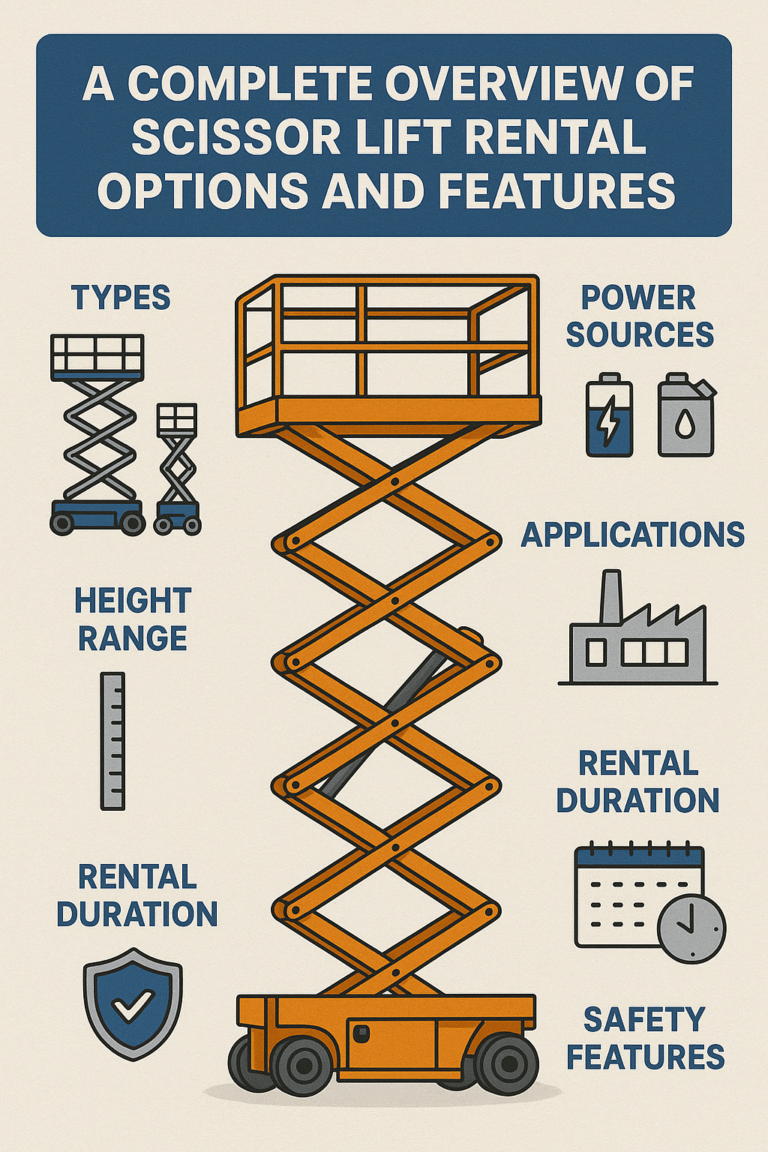Antarvwsna: Simple Guide In Technology
Antarvwsna is an inner drive that lives inside every person, in the world of technology this inner drive becomes very important, it pushes developers to build new tools, it inspires engineers to solve hard problems, it gives designers the energy to create better user experiences, Antarvwsna is the quiet force that helps a person think learn improve and innovate Lufanest
This long guide explains antarvwsna in a simple way, it shows how it works in tech teams and how it leads to new ideas, it also explains how a person can grow this inner power in daily tech work
What Antarvwsna Means in Tech
It means a deep desire inside the mind, in technology it is the strong natural push that makes a person want to
-
learn new skills
-
explore new systems
-
fix problems
-
create tools
-
understand complex code
-
try new technologies
Antarvwsna in tech is never loud, it is a soft inner voice that says keep going keep learning keep building
Why it Matters in Technology
Technology changes very fast, every week new tools appear, new programming languages rise, new AI models arrive, new devices are created, without this it is hard to keep up with this fast world
Antarvwsna helps tech workers grow in the following ways
-
stronger motivation
-
higher focus
-
better ideas
-
more creative solutions
-
faster learning
-
deeper understanding
It keeps the brain active and curious, it helps a person keep moving forward when challenges appear
Key Parts of Antarvwsna in Tech
Below is a list that describes main parts of antarvwsna in technology
-
Curiosity
-
Problem solving mind
-
Creative thinking
-
Desire to experiment
-
Love for technology
-
Focus on improvement
-
Long term vision
Each part plays a role in how a developer or engineer works
Table of Antarvwsna Drivers in Technology
This table lists the forces that make antarvwsna stronger in the tech field
| Driver | Description |
|---|---|
| Innovation Stress | Tech grows fast and this pushes people to think ahead |
| User Needs | People want better user experience so teams try new ideas |
| Real World Problems | Big issues like security and speed lead to deep thinking |
| Tech Culture | Hackathons and open source work inspire inner desire |
| AI Growth | New models open new paths for exploration |
| Career Goals | Skilled workers want to build a strong future |
| Side Projects | Personal projects grow inner passion |
Types of Antarvwsna in Technology
It appears in different ways for different tech roles
For Software Developers
-
Wish to write clean code
-
Drive to improve logic
-
Desire to test new languages
-
Interest in building tools
-
Need to solve bugs in smart ways
For AI and Machine Learning Engineers
-
Strong desire to train better models
-
Need to improve accuracy
-
Curiosity about new AI papers
-
Wish to explore data in new ways
-
Drive to build fair and unbiased systems
For UI and UX Designers
-
Desire to create easy to use layouts
-
Wish to remove confusing steps
-
Strong interest in user behavior
-
Need to produce simple design flow
For DevOps and Cloud Engineers
-
Desire to improve automation
-
Wish to build stable pipelines
-
Curiosity for new cloud tools
-
Interest in cost and speed control
For Tech Founders
-
Vision to build something new
-
Desire to fix real world problems
-
Strong wish to create a better future through tech
Benefits of Antarvwsna in the Tech World
The inner drive of this brings many good results
Benefits of this include
-
more new ideas
-
better product quality
-
faster learning
-
stronger teamwork
-
improved systems
-
long lasting motivation
-
higher creativity
-
deeper focus
Table of Antarvwsna Benefits
| Benefit | Result |
|---|---|
| High Creativity | New apps and new tools appear |
| Better Tech Culture | Engineers feel more energy and confidence |
| Strong User Focus | Products become easier to use |
| Fast Tech Adoption | Teams test new frameworks early |
| Higher Productivity | Work becomes smoother and faster |
| Stable Solutions | Engineers solve problems from the root |
| Future Ready Thinking | Systems prepare for upcoming needs |
How it Creates Tech Innovation
Every big invention starts with antarvwsna, a person feels a small spark inside, that spark grows into an idea, the idea becomes a test, the test becomes a product, the product becomes a technology used by millions
Examples of this in tech growth
-
open source tools created by volunteers
-
operating systems built through passion
-
AI models trained by researchers with deep curiosity
-
cloud platforms built by teams who wanted faster workflows
-
developer tools made by people who love coding
Antarvwsna is always the first step in innovation
Signs That a Tech Professional Has Strong Antarvwsna
A tech worker with strong antarvwsna shows clear signs
Common signs include
-
they explore new tech tools often
-
they build side projects
-
they learn without waiting for instructions
-
they improve code for personal satisfaction
-
they ask many how and why questions
-
they enjoy solving hard problems
-
they enter long focus sessions easily
Such people often lead innovation in their teams
How Tech Leaders Can Support this
Leaders in tech companies can help antarvwsna grow
Ways to support antarvwsna
-
give space for experiments
-
allow time for learning
-
remove fear of failure
-
celebrate creative ideas
-
organize hackathons
-
support open source work
-
give access to training tools
When antarvwsna grows the whole team becomes stronger
Antarvwsna and Future Technologies
Future technologies need deep curiosity and inner desire, Antarvwsna will guide the next generation of engineers in many fields
Future tech areas shaped by antarvwsna
| Tech Field | Role of Antarvwsna |
|---|---|
| Artificial General Intelligence | Engineers push AI beyond old limits |
| Quantum Computing | Inner drive helps solve advanced math problems |
| Cybersecurity | Security experts work to stay ahead of threats |
| Robotics | Engineers build smarter and safer machines |
| Digital Health | Teams create better data tools for care |
| Green Tech | Developers build tools for clean energy |
| Virtual Worlds | Designers make richer digital spaces |
How to Grow this in Daily Tech Work
A person can build stronger antarvwsna with simple steps
Steps to grow antarvwsna
-
start small tech projects
-
explore one new tool each week
-
learn from open source code
-
read tech blogs and case studies
-
test cloud services
-
try new AI models
-
join online tech groups
-
keep a learning journal
The more you explore the stronger your inner drive becomes
Frequently Asked Questions
What is antarvwsna in technology?
Antarvwsna in technology means an inner drive that makes a person want to learn build and create new digital solutions, it is the natural push inside the mind that helps developers solve problems and explore new tools
How does antarvwsna help tech workers?
It keeps tech workers curious and motivated, it helps them stay focused learn faster and find smart ways to fix issues in apps code and systems
Why is it important in modern tech?
Modern tech changes very fast, Antarvwsna helps people stay ready for new updates new languages and new tools, it keeps the mind active and open to new ideas
Can it improve problem solving skills?
Yes, it encourages deep thinking and pushes a person to find root level solutions, this leads to clear and effective problem solving
How can I grow my antarvwsna as a developer?
You can grow your antarvwsna by building side projects learning one new skill each week testing new frameworks and joining tech communities online
Does it help in AI and machine learning?
Yes, AI and ML need curiosity and exploration, it helps engineers try new models improve accuracy and test new ideas without fear
How does it support UI and UX work?
It helps designers make simple and user friendly layouts, it inspires them to test designs and improve user flow
Conclusion
It is the deep inner force that powers the world of technology, it inspires people to dream build improve and innovate, it pushes teams to create better apps and stronger systems, it helps engineers stay curious in a fast moving tech world







